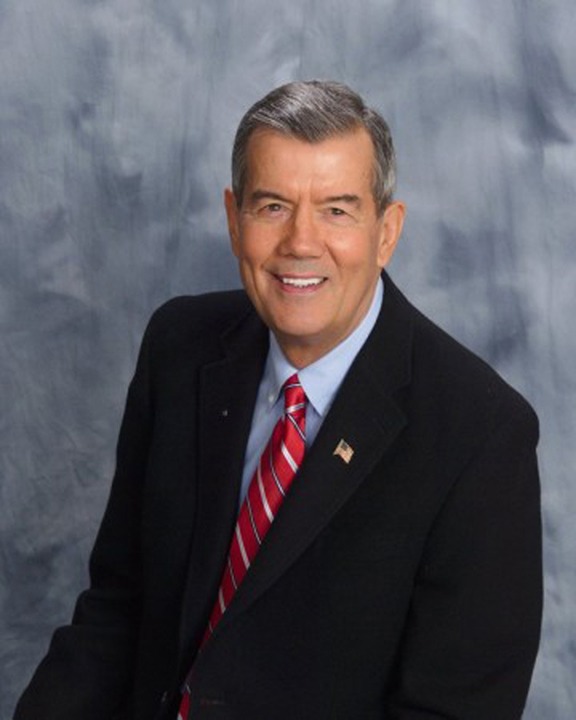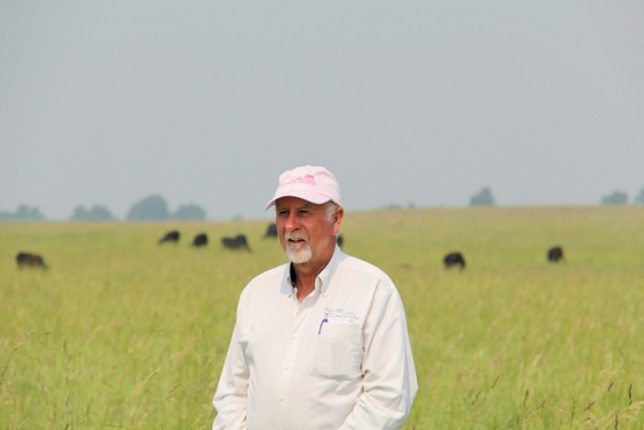Cattlemen have experienced the best times in history, and even with dips here and there, today’s markets approach all-time levels, despite warnings “numbers are increasing.”
Realists know what comes up will always come down, and the higher it’s flying the farther it falls. Likewise, history always repeats itself, in one form or another.


Before, land market has gone up and come down, cattle prices have gone up and yet always ended up lower.
Best example of return to reality commodity fluctuations is the most recent corn price deterioration from peaks, and further declines most likely forthcoming, withstanding unpredictable natural reduction in harvest.
Well, it sure can occur to the beef industry, and perhaps sooner than later, quicker than some think and have predicted, probably one should admit: “back to reality.”
“Beef is simply too high priced,” according to one with more experience than anybody in predicting futures for cattlemen
“Beef needs to become more affordable,” emphatically stated Bill Helming, agribusiness consultant and economist.
“Since 1946, the beef industry has lost 46 percent of its market share. Any business with that decline ought to reevaluate thinking about what they might be doing differently to turn the trend around in a positive direction,” insisted the first chief economist for the National Cattleman’s Beef Association, and founder of CattleFax, global leader in beef industry.
“The good news is that it can be done. The bad news is that the beef industry isn’t doing that so far,” Helming emphasized.
Those attending the Economics of the Livestock Industry Workshop, September 21-21 at Topeka’s Ramada Inn will the opportunity to hear Helming’s analysis of the beef industry, followed by a sobering opinion of where it could be headed without business changes.
Jim Gerrish of Amazing Grazing Lands Services LLC, May, Idaho, is to also be on the program answering his own question to cattle producers: “Are you in it for production or profit?”
The workshop is sponsored by Amazing Grazing, a collaboration of the Kansas Farmers Union and the Kansas Graziers Association.
“Four years ago, the typical coast-to-coast supermarket price for steaks was about $4 a pound. It’s double that now,” Helming verified.
“Beef is a very good product, it’s a safe product, but it is a lot higher in price. The beef industry is making a major mistake by not figuring out a way to lower beef costs,” the economist emphasized.
. During the past 39 years, consumption of chicken rose a little more than one pound per person per year, while beef consumption declined about the same amount. “That’s a gain for the chicken market, and the beef industry is not paying attention to the consumer,” Helming clarified.
One solution would be to eliminate feedlots for cows destined for the ground beef market. “We have a beef grading system in the U.S., such that every animal that leaves the ranch ends up going through a feedlot and eating grain. That just increases costs. We can produce quality ground beef without going through a feedlot,” Helming claimed.
Looking at beef business profits from another direction, Gerrish thinks hay processing should be eliminated from the c industry.
“Getting out of the hay business is a quick solution to cattle profits. The only one, actually, but it’s a huge shift for many ranchers,” Gerrish said. “It’ll require effort and will take years to fully implement, but it can be done.”
“Less than five percent of the variation in profitability among cow-calf operations can be explained by weaning weights,” Gerrish said. “About 60 percent of the variation in profit is explained by differences in feed costs. If you can eliminate making hay, it’s the single most profitable change you can make.”
While workshop speakers are discussing different topics, both agree: “Too many operations have been focused on production, not profit, for far too long. That has to change.”
Information and registration for the workshop are available at amazinggrazingkansas.com, or by contacting seminar coordinator-official Mary Howell, 785-562-8726.